Solar
Solar
Battery Storage
Battery Storage
Battery Storage
EV Charger
EV Charger
EV Charger
Heartbeat
Smart Energy Manager
Heartbeat
About Us
About Us
Learn
Featured Articles
Sizing Up A System
Finance & Rebates
Learn
Now servicing New South Wales, Victoria, Queensland and South Australia
Request Pricing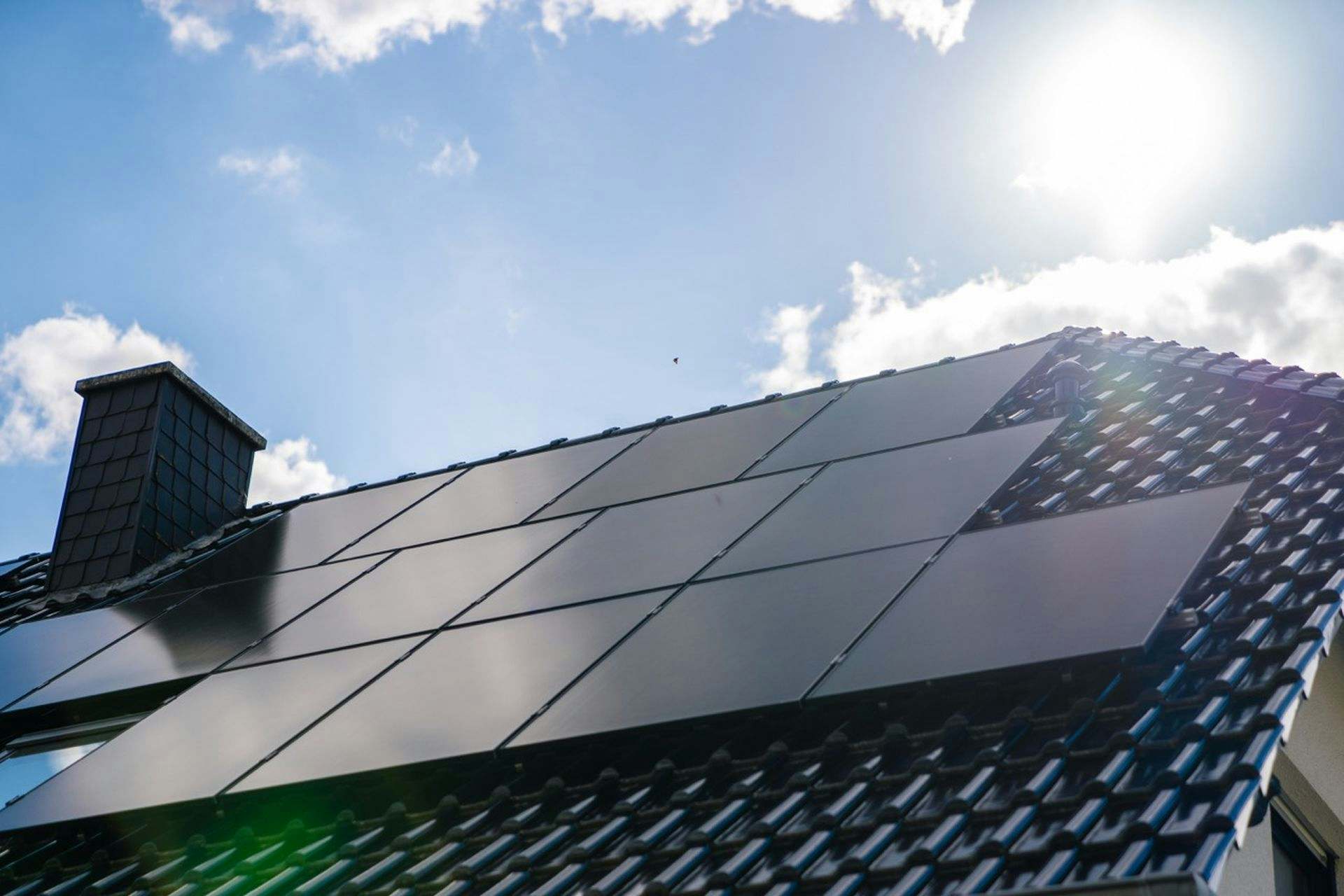
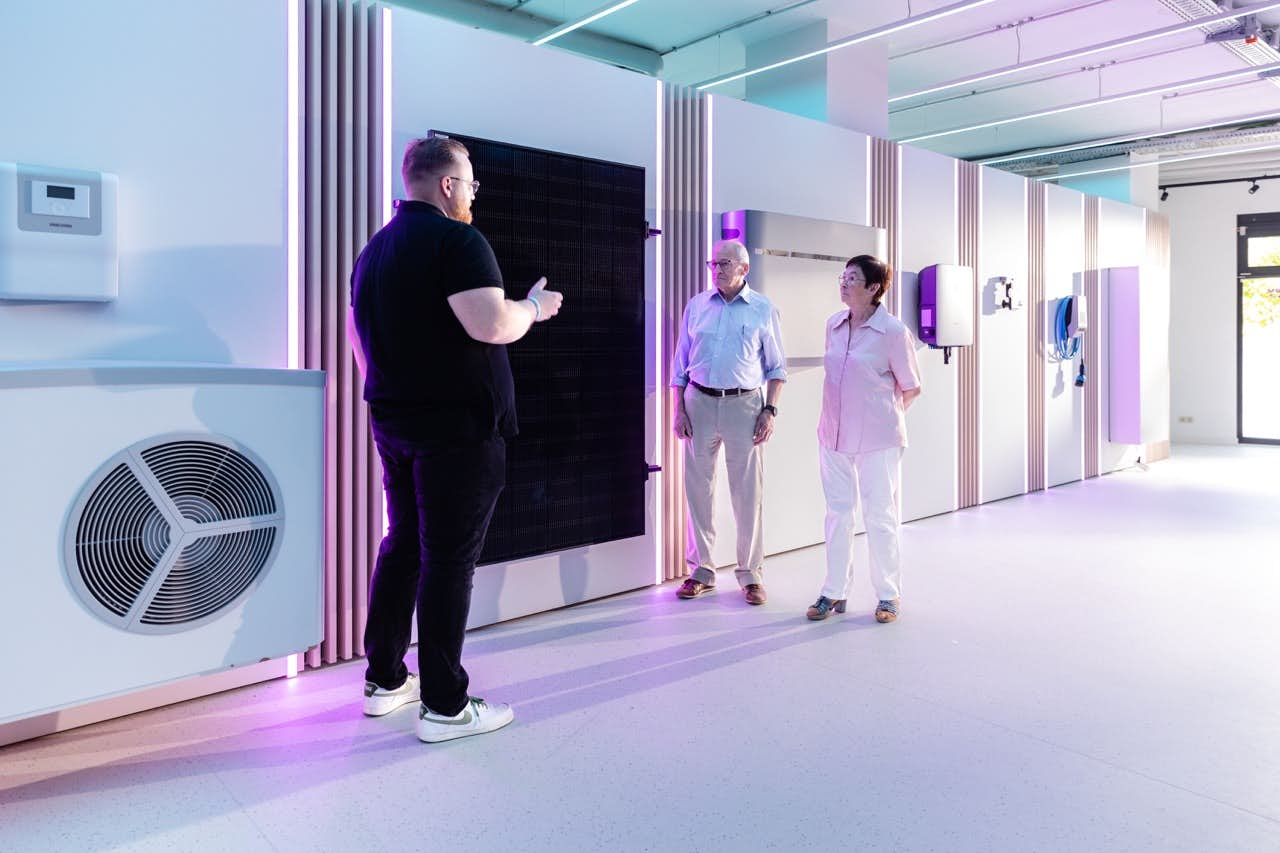
1KOMMA5° works with the best products available to maximise output, reliability and longevity. We also provide customised solutions to suit your needs and budget.
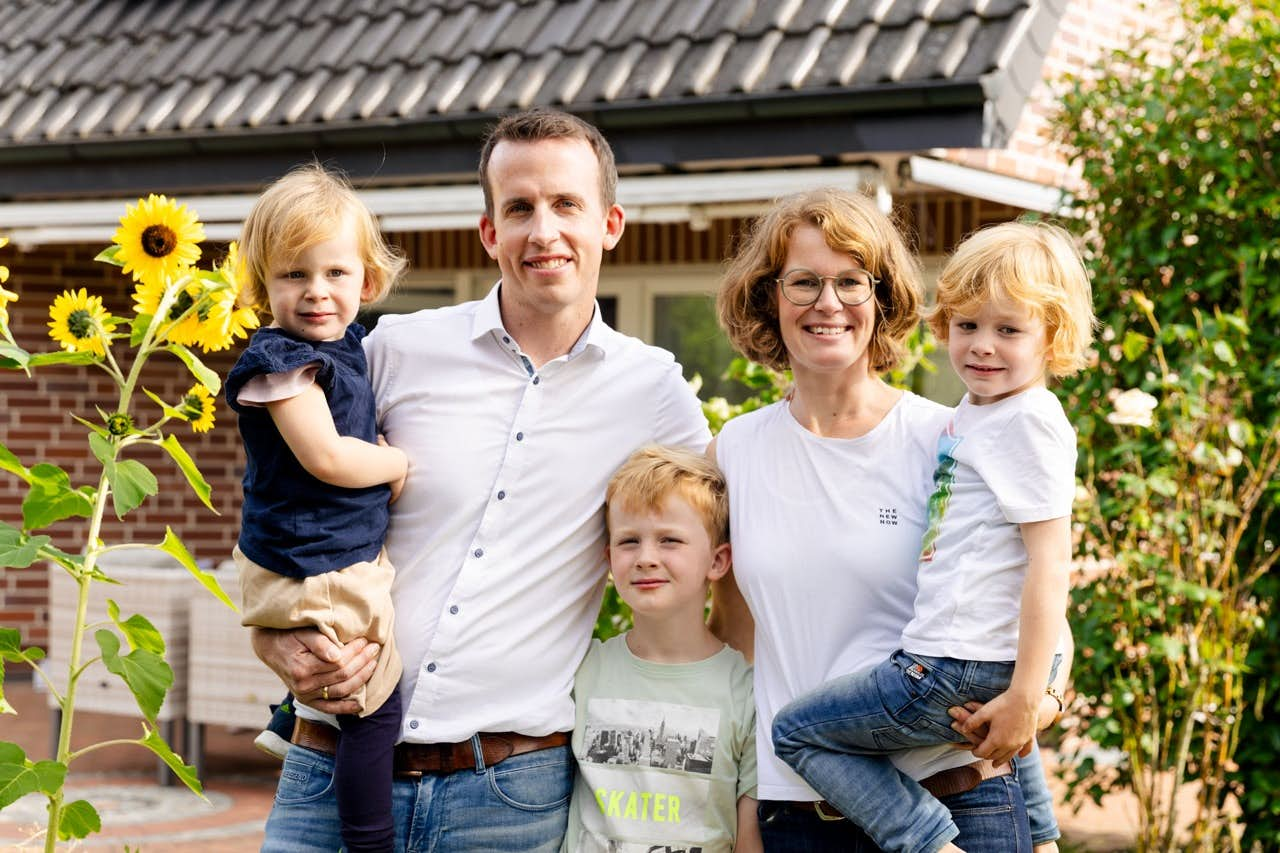
Industry-leading Install Standards
All 1KOMMA5° installations are done by CEC accredited experts and come with full technical support and warranty service.
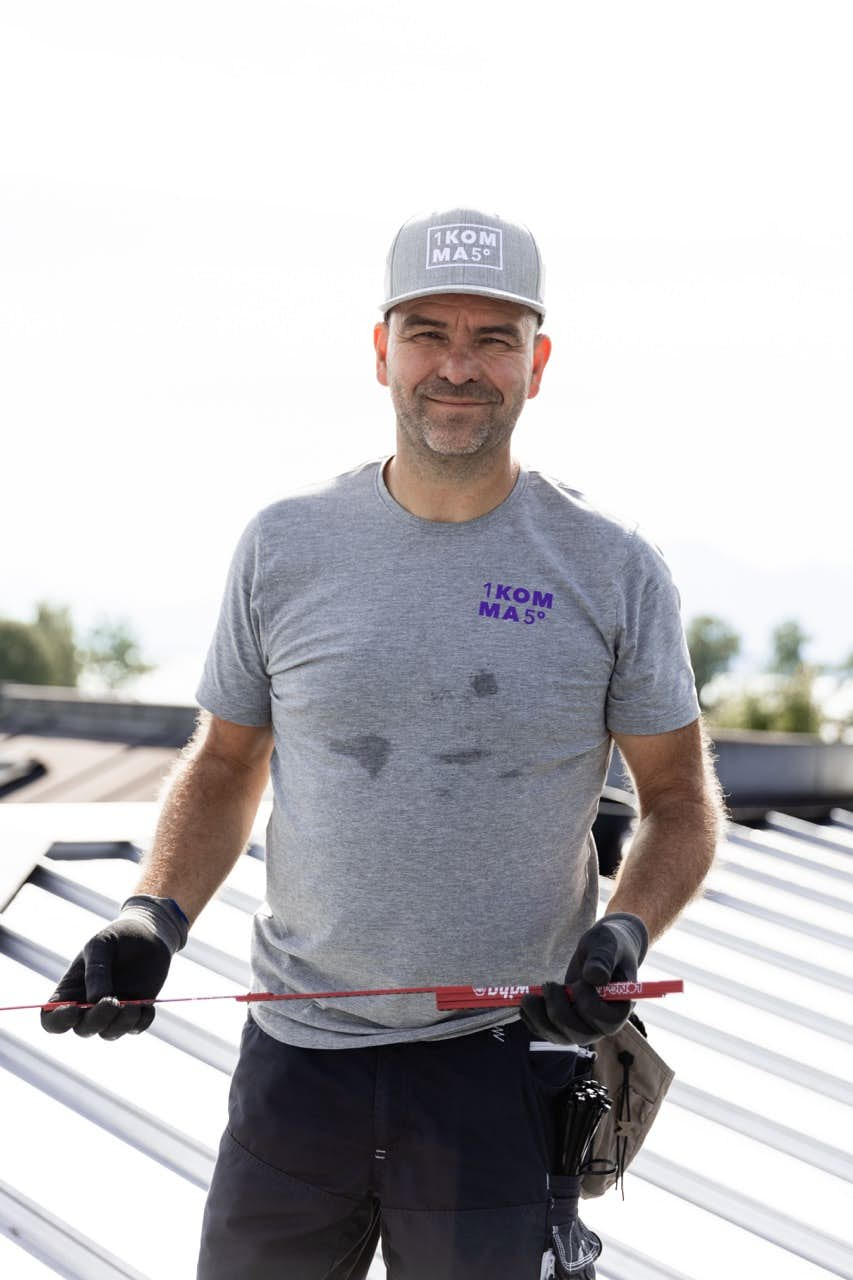
Our support team is local (no call centres) and we have been awarded by the world’s leading solar companies as the best installer in Australia, year after year.
Solar energy is free and infinitely available. Once your system is installed, there are no additional costs for operating your solar system.
Depending on the size of your system and your electricity consumption, you can produce some or even all of your electricity needs yourself. This reduces the impact of price changes from energy suppliers and gives you more control over your own energy costs.
In combination with battery storage, you can further maximise your level of independence.
Climate protection often begins with small steps and the decision to use more environmentally-friendly alternatives. A solar system is one such alternative with which you can help reduce your CO2 emissions and thus make a contribution to climate protection.
Solar systems use the sun's energy to generate electricity. This electricity can then be used to operate electric appliances and devices in the household. Using solar systems helps you reduce your dependence on fossil fuels and therefore reduce your greenhouse gas emissions.
Overall, the use of solar systems offers a simple way to reduce your own CO2 footprint and thus make a direct contribution to climate protection.
With our solar system you have a guarantee of up to 25 years and the average lifespan of a solar system is even longer. With a fully equipped energy system consisting of a solar system, electricity storage, EV charger, heat pump and our energy manager Heartbeat, you can free yourself from fossil fuels such as oil, gas, wood, coal as well as petrol or diesel in all important areas (electricity, mobility and heating).
The feed-in tariff is a payment for the self-produced electricity that is fed into the power grid. However, this also depends on the date of commissioning.
You can find current electricity rates for all Australian energy retailers at Energy Made Easy.
A solar system is not only good for the environment, but is also a worthwhile investment. The savings in energy costs and the feed-in tariff help to recoup your investment in the solar system.
In the long term, your solar system will also help increase the value of your property. Property buyers are always looking for energy efficiency and sustainability and a solar system is a clear sign of this.
1KOMMA5° Australia offers a range of solutions to help you start a carbon -neutral lifestyle. From solar systems and battery storage to electric vehicle charges and soon, energy management solution, we've got your covered.
After you send your request, one of our expert team members will give you a call.
Our energy advisors will create a tailored solution based on your needs. We will explain everything and answer your questions on solar rebates, solar installation costs and process, energy management and more.
Once you've signed off on your quote and made a deposit, we will arrange an installation date that works with your schedule.
Whether you have questions about energy, warranty issues or service or you're looking to expand to other energy efficient solutions, you can reach out to us any time.
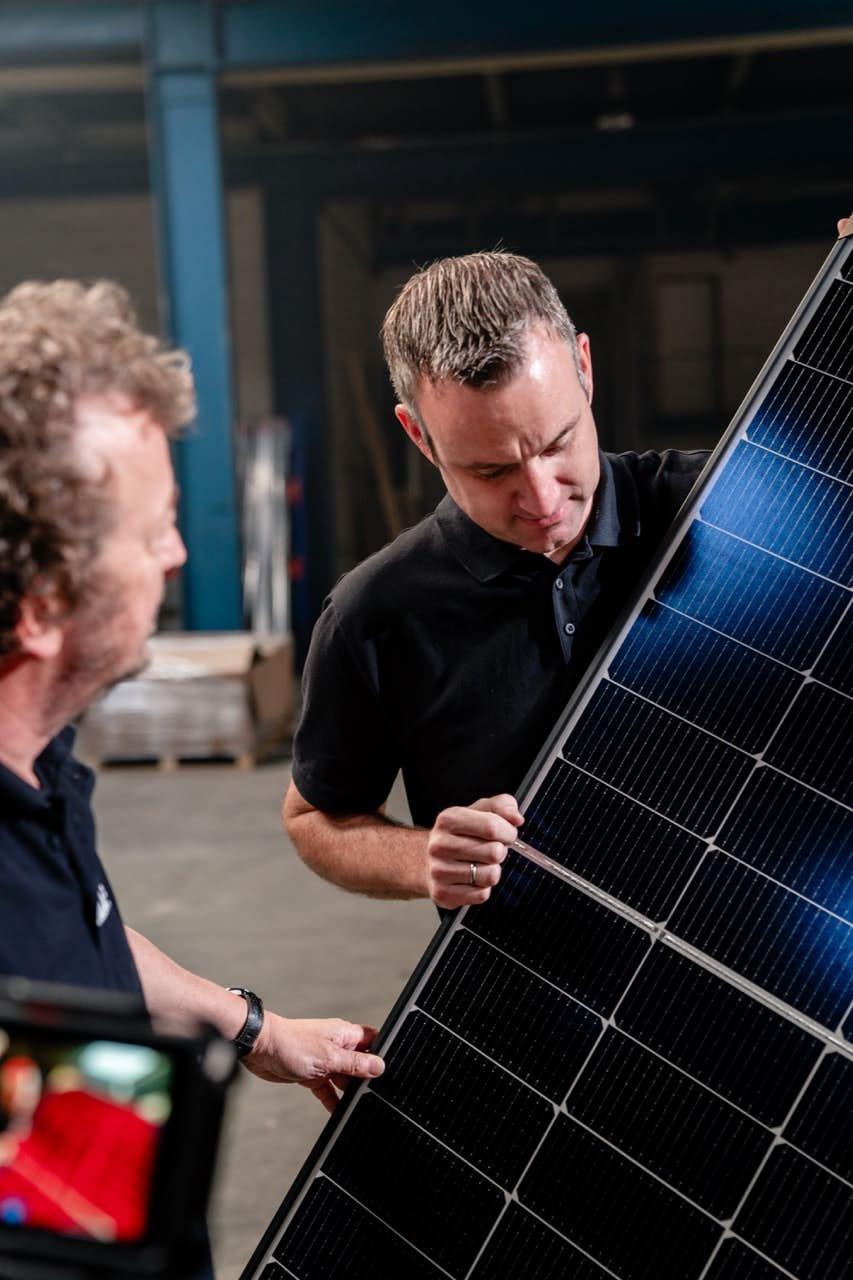
Switching to solar should be easy and affordable. That's why we've teamed up with trusted green loan providers offering flexible payment plans, so you can take charge of your journey towards clean, sustainable energy with confidence.
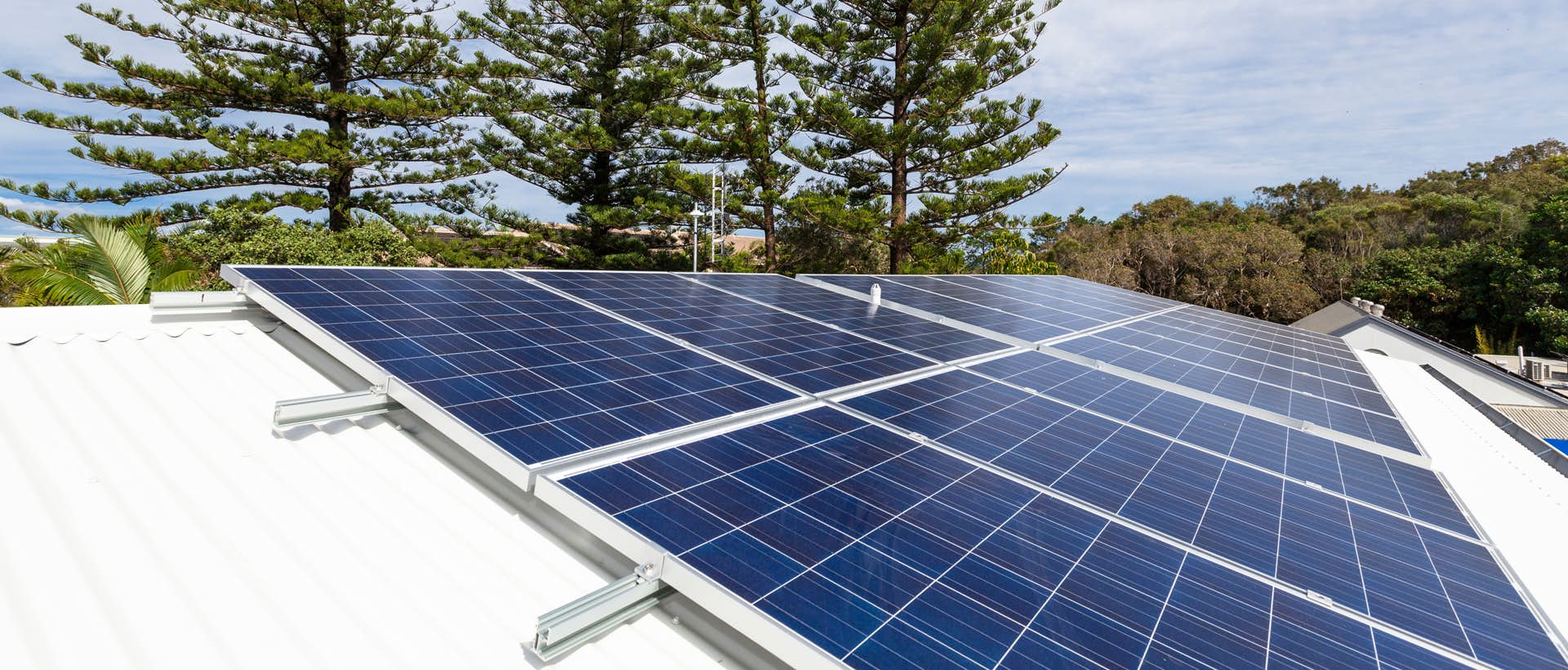
Borrow from as little as $1,000 with loan terms from 1-10 years
No penalty for paying off your loan early
$10 monthly fee and $195 one-time application fee added to the loan
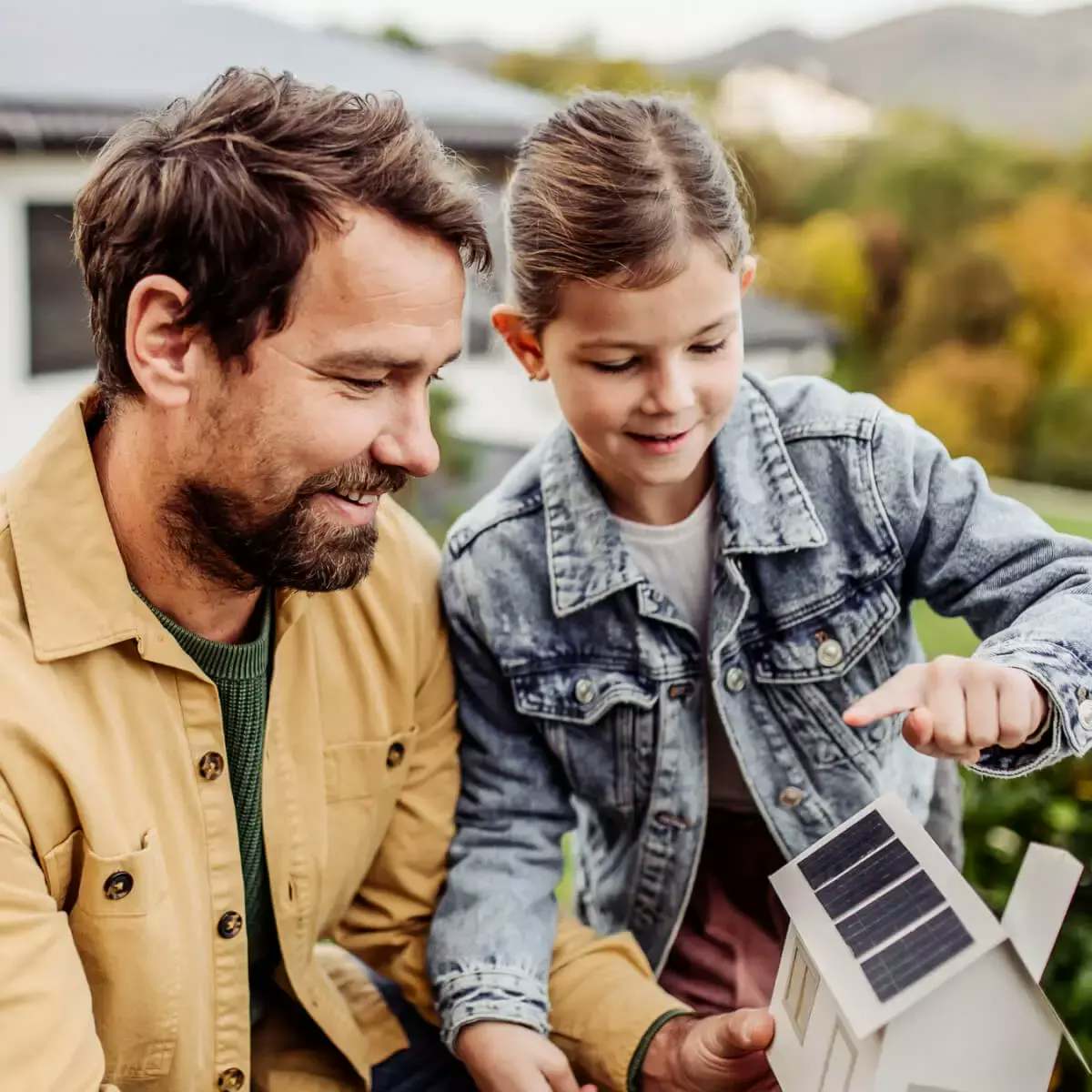
Borrow up to $45,000 with approval within 1-3 days
Loan term from 6 to 60 months, no penalty for paying off your loan early
$2.15 weekly fee and $75 establishment fee added to the loan
Take the lead in climate protection - hear from our customers on how they are making a difference.

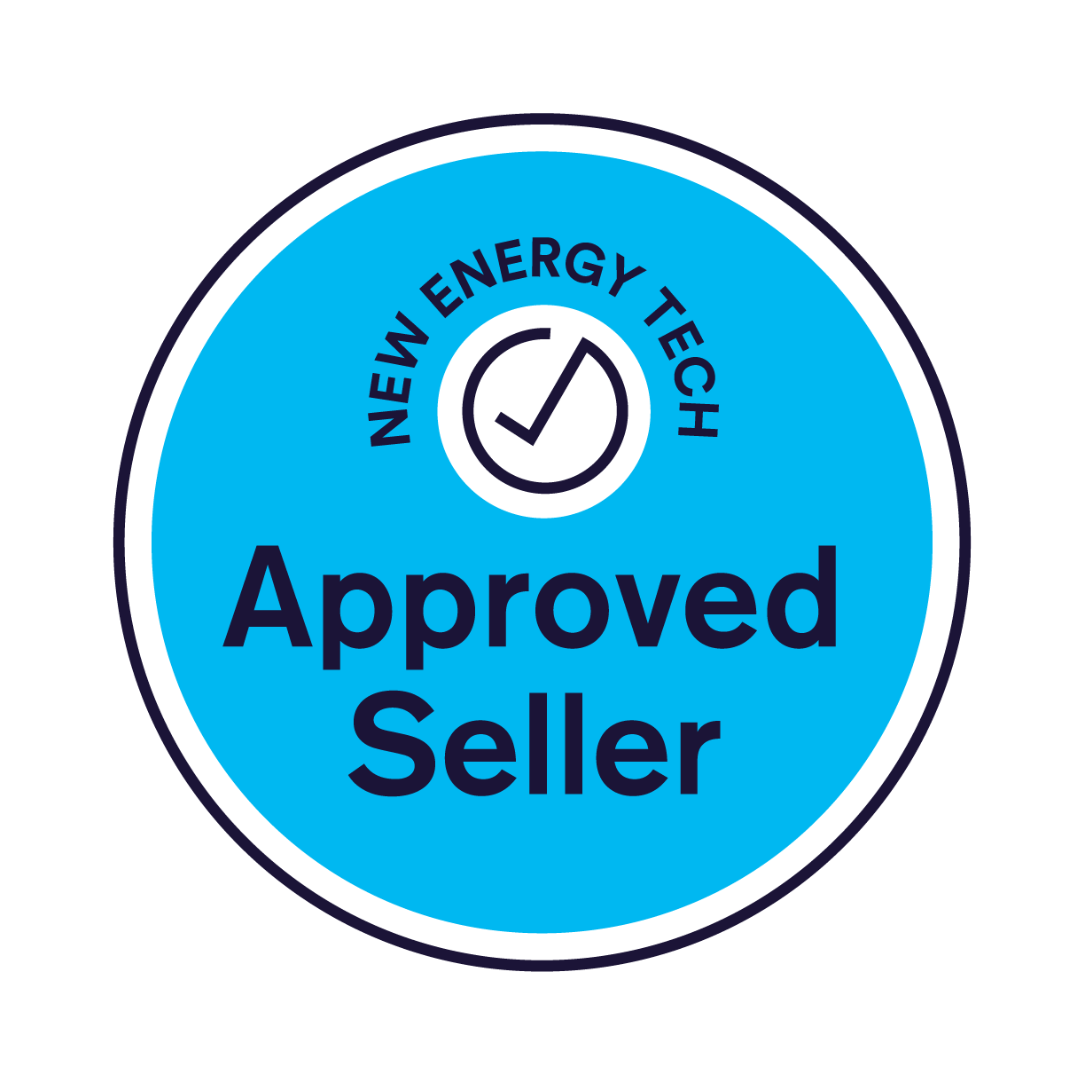
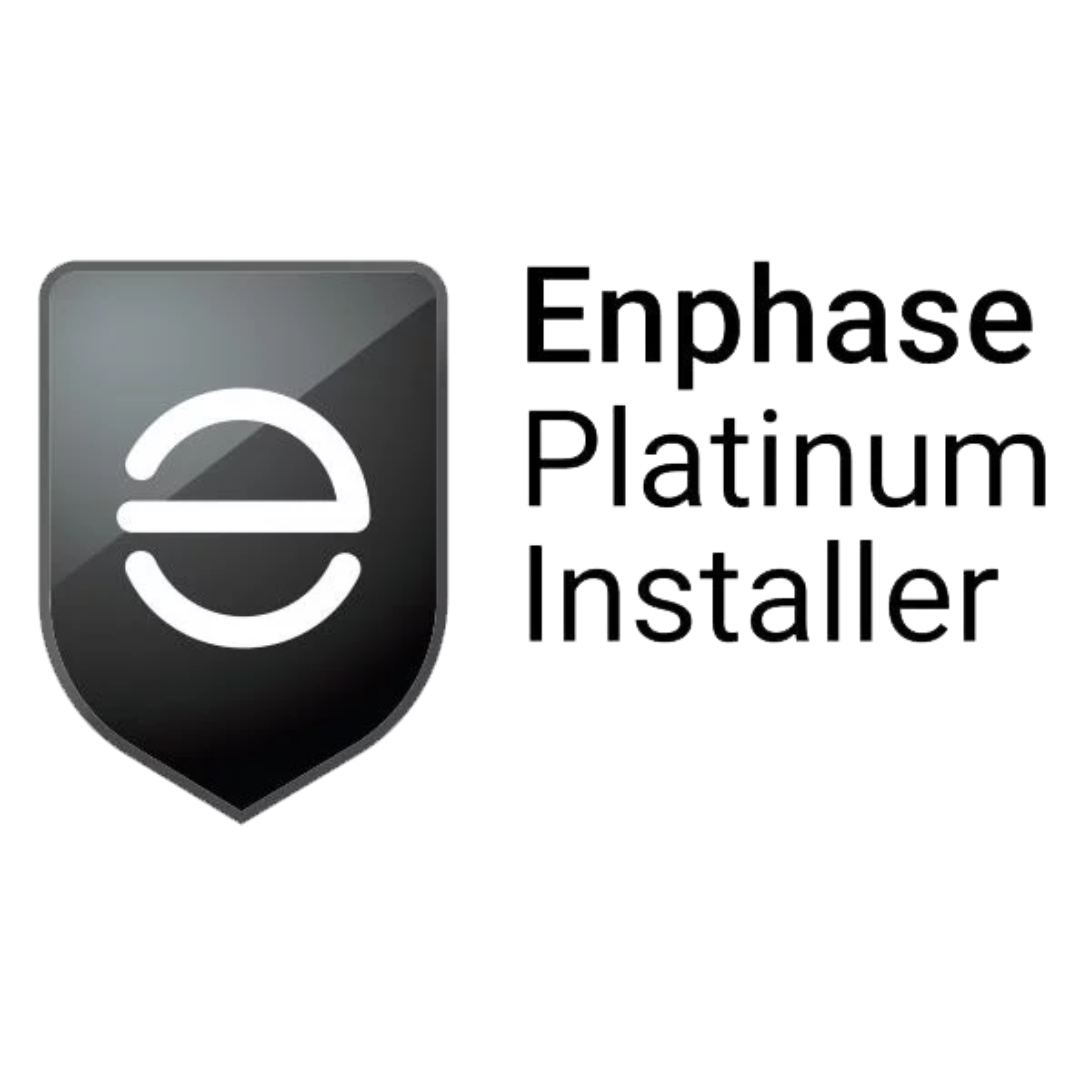
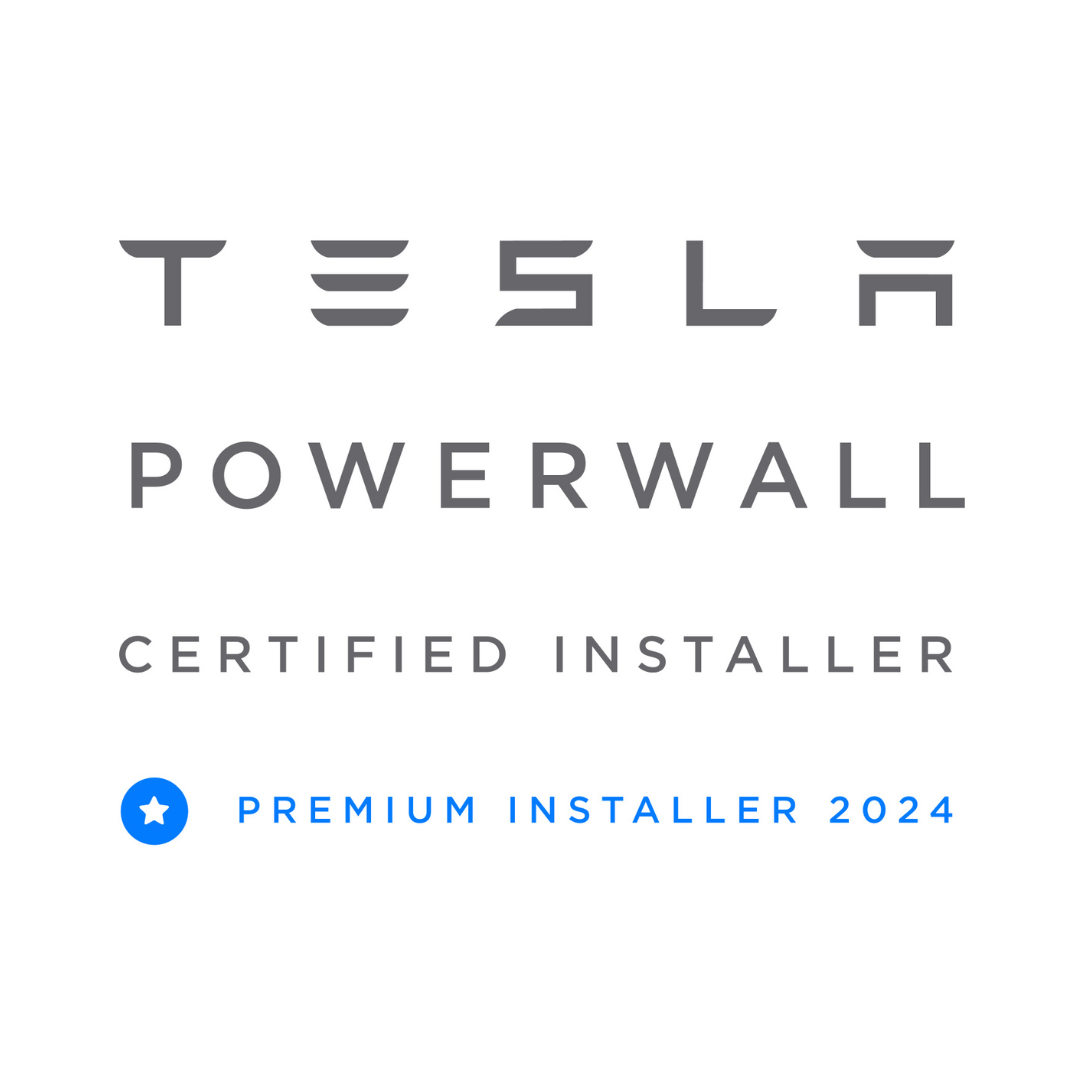
Yes, a solar system can also be installed on a flat roof. In this case, the solar panels are placed at an optimal angle of inclination using racks to maximise solar radiation. However, it should be noted that flat roofs can sometimes be shaded by neighbouring buildings or structures, which can affect energy production.
A solar system makes economic sense in most Australian regions, provided the factors such as roof orientation, angle of inclination and shading are taken into account. In sunny regions like Australia where an attractive subsidy program (STCs) is available, the economic viability of getting solar is usually higher.
In addition to roof orientation, angle of inclination and shading, aspects such as the static load-bearing capacity of the roof, possible approval procedures, local building regulations and any insurance requirements should also be taken into account when choosing a location. Careful planning and consultation with experts is recommended to find the optimal solution for your solar system.
Solar cells are an environmentally friendly energy source because they generate renewable and clean electricity directly from sunlight. They reduce CO2 emissions and contribute to climate protection. In addition, solar cells are decentralised and can be installed on roofs or open spaces, which reduces dependence on centralised electricity grids.
The efficiency of solar cells has improved considerably in recent years. Modern monocrystalline or polycrystalline silicon solar cells achieve efficiencies of about 15-20%. There are also newer technologies such as thin-film solar cells or multi-junction solar cells that can achieve higher efficiencies of up to 25%.
Solar cells generally require little maintenance. They have no moving parts that could wear out. However, cleaning the solar panels regularly to remove dust and dirt can improve efficiency. Manufacturers also usually offer guarantees for the performance and lifetime of the solar cells.
Solar cells play a crucial role in the energy transition, as they can generate renewable energy directly on site. By using solar cells, countries can reduce their dependence on fossil fuels and promote a sustainable and climate-friendly energy supply. The integration of solar cells into the electricity grid supports the transition to decentralised and sustainable energy production.
When purchasing modules, however, care should be taken to ensure that the production of the cells, or modules, is also carried out in a sustainable manner. It is not uncommon for the modules to be produced in China with the considerable use of coal-fired power.
The electricity generated by a solar system depends on various factors, such as the size of the system, the solar radiation at the location, the roof orientation and the efficiency of the PV modules. A typical PV system can generate enough electricity to cover part or even all of a household's electricity needs.
The profitability of a solar system depends on many factors, such as the costs of purchase and installation, electricity prices, available subsidies and rebates, as well as the service life and efficiency of the system.
In sunny areas and with attractive subsidies like we have in Australia, a solar system can usually pay for itself more quickly. In principle, however, the systems make economic sense at the latest over a medium time horizon, and in the short term they also increase the property value.
The payback period of a solar system, i.e. the period in which the energy savings offset the investment costs, can vary depending on the location and individual factors. In Australia, the payback period can be as little as 3 to 5 years. An intelligent energy management system like Heartbeat is able to significantly shorten the respective time.
Surplus electricity from a solar system can either be fed into the power grid or stored in battery storage units. In some countries and regions, the electricity fed into the grid is remunerated (a feed-in tariff), which can further improve the economic efficiency of the system. However, even in these cases it is usually more economical to consume the electricity yourself with an electricity storage system.
Yes, solar panels are considered an environmentally friendly energy source because they do not produce harmful emissions during their operation. The production of solar cells and modules requires energy and resources, but this investment is usually compensated by the clean energy production during their lifetime. With "clean" modules made in Germany, the environmental friendliness is increased even further.
The installation of a solar system usually requires sufficient roof space or open space with a suitable orientation and inclination. In addition, any approval procedures and compliance with building regulations must be observed. Consultation with experts is recommended to clarify the prerequisites for a successful installation.
An inverter is an important component within a solar system. It converts the direct current (DC) generated by the PV modules into alternating current (AC) suitable for household use and the electricity grid. The inverter thus enables the use of the generated solar power for self-consumption or for feeding into the electricity grid.
There are different types of inverters, including string inverters and microinverters. String inverters are mostly used in smaller installations and convert the power of several solar panel strings. Microinverters are small inverters that are connected to each individual solar panel.
The inverter has a direct influence on the performance of the solar installation. The efficiency of the inverter, its reliability and optimal adaptation to the PV modules are crucial for the maximum energy yield of the system.
The service life of an inverter is usually between 10 and 15 years. However, high-quality inverters can last longer. It is common practice to replace the inverter at least once during the lifetime of a solar system.
Yes, inverters are available in different power classes depending on the size of the solar system. The power of the inverter should be close to the rated power of the PV modules to maximise energy efficiency.
The efficiency of an inverter is of great importance as it indicates how much of the generated DC power is converted into usable AC power. A high efficiency value means that fewer energy losses occur and more electricity is available for self-consumption or feeding into the grid.
A solar system is worthwhile for every homeowner who wants to save on electricity costs. A solar system can also be a good choice for people who are committed to climate protection and want to reduce their CO₂ footprint, as it produces clean, renewable energy.
The vast majority of houses are suitable for solar. To be able to check your roof and answer your individual questions, why not get in touch with our team?
The price of a 10kW solar system with storage depends on various factors, such as the location, the manufacturer of the solar panels and inverter, and the type of energy storage unit.
The duration of a solar system installation depends on various factors, such as the size of the system, the condition of the roof structure, the electrical requirements and the local building regulations. In general, the installation of a solar system takes one to two days.
A photovoltaic module consists of solar cells that are usually connected in rows and convert sunlight into electricity.
Behind the solar cells is a plastic film or glass to protect the module from moisture and dust. On the top of the module, a resilient glass pane ensures that the module can withstand wind, rain and snow for decades. A stable frame made of aluminium encloses the entire module.
The most important component of the module is the cell. Without it, no electricity is generated, and its quality and structure are decisive for the yield. The cell consists of a so-called wafer - a wafer-thin disc cut from crystalline polysilicon (ingots). The polysilicon, in turn, consists of high-purity silicon, which is extracted in an energy-intensive process, usually from quartz sand.
The 1KOMMA5° solar panel is made of various materials, but the most important raw material is polysilicon. This is produced by the German company Wacker Chemie at its sites in Burghausen and Nünchritz. With Wacker's supply contract, 1KOMMA5° can secure access to high-quality, clean and ethical polysilicon. The majority of the raw materials required come from Asia.
Yes, 1KOMMA5° offers a guarantee for its solar modules. With a 25-year product and 30-year performance guarantee, we offer one of the leading guarantees on the market and, as a German company, ensure the yield and profitability of our customers' systems. In the event of damage, our customers can turn to our local master craftsmen.
Yes, with a system solution including electricity storage, EV charging and an energy management system, the degree of self-sufficiency of the house increases enormously and the savings potential over the next few years increases just as dramatically.
The battery storage unit alone, as an extension to the solar PV system, makes the entire system many times more flexible and allows the self-generated electricity to be used around the clock instead of having to feed it into the grid at low cost.
Particularly low-priced offers often have some hidden costs. Customers should make sure that installation, network connection and all relevant accessories are already included in the price. Otherwise, the supposedly cheap offer quickly turns into a cost trap.
If you want to be sure that nothing goes wrong, you should look for an offer where all components and craftsmanship come from a single source and are included in a transparent offer.
A PV module, also called a solar panel, is the basic component of a photovoltaic system. It consists of several interconnected solar cells and is used to convert sunlight into electrical energy. PV modules are able to generate clean and sustainable electricity by capturing photons of sunlight and converting them into electrical energy.
A solar cell is the basic component of a PV module. It consists of a semiconductor material, typically silicon, which is capable of converting light energy into electrical energy. When sunlight hits the solar cell, electrons in the semiconductor material are excited, creating an electrical voltage and current flow.
The way a solar cell works is based on the so-called "photoelectric effect". When photons (light particles) hit the surface of the solar cell, they transfer energy to electrons in the semiconductor material. This releases the electrons from their resting position and creates an electric field. This field allows the electrons to flow, resulting in a current that can be tapped by the solar cell.
The performance data of a PV module provides information about its efficiency. The most important specifications are:
Nominal power (Watt peak, Wp): The maximum power that the module can produce under standardised test conditions (e.g. 1000 W/m² irradiation, 25°C cell temperature).
Efficiency: The ratio of the generated electrical power to the irradiated solar power. A higher efficiency means more efficient energy conversion.
Voltage and current: The electrical voltage (volts) and current (amperes) delivered by the module under certain conditions.
Temperature coefficients: Show how the module's output decreases as temperatures increase.
There are different types of PV modules, including:
Monocrystalline PV modules: Consist of a single silicon crystal and are characterised by high efficiency.
Polycrystalline PV modules: Consist of multiple silicon crystals and are generally less expensive than monocrystalline modules.
Thin-film modules: Are made of amorphous silicon or other materials and are more flexible, but often have lower efficiency.
The lifespan of a PV module depends on various factors, but as a rule, high-quality modules have a lifespan of around 25 to 30 years or even longer. Many manufacturers also offer guarantees for a certain minimum lifetime of their modules.
1KOMMA5° offers a 25-year product and 30-year performance guarantee on its own Full Black modules.
The roof orientation is a decisive factor for the efficiency of a solar system. Ideally, the roof should face north, as it receives the most solar radiation in Australia. A northeast or northwest orientation can also be acceptable, but results in somewhat lower energy yield. However, northwest or northeast orientation can still produce yields of up to 95%.
The angle of inclination, also known as the roof pitch, influences the solar radiation on the solar panels. In Australia, an angle of inclination between 0 and 30 degrees is often recommended to make the most of the sun's rays. However, the ideal angle can vary depending on latitude and climatic conditions.
Shading can significantly affect the performance of a solar installation. Trees, buildings or other obstacles that cast shadows on the PV modules reduce solar irradiation and thus energy production. It is important to choose locations that have as little shading as possible to maximise the efficiency of the solar installation.
Enphase microinverters are the best inverter product for sites impacted by shading, as it allows for maximum panel-by-panel performance as the shade travels across the solar array.
Yes, there are various programmes and apps that can be used to assess the solar potential of a site. These tools take into account factors such as geographical location, roof orientation, tilt angle and shading to provide a rough estimate of energy production. Such tools can provide a helpful initial assessment for site selection.
1KOMMA5° uses the latest technology to determine the greatest potential when planning a solar installation.
¹Performance guarantee
²Material and installation costs may vary depending on local conditions such as number of roof surfaces, roof height and condition, condition of electrical installation and other individual factors. Products used may differ from the illustration.